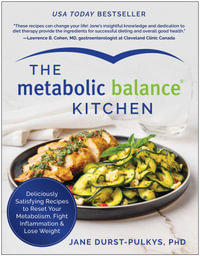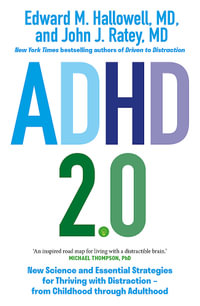
At a Glance
Hardcover
RRP $305.00
$215.80
29%OFF
or
Aims to ship in 7 to 10 business days
ISBN: 9780415336451
ISBN-10: 0415336457
Published: 2nd March 2005
Format: Hardcover
Language: English
Number of Pages: 212
Audience: Professional and Scholarly
Publisher: Taylor & Francis Ltd
Country of Publication: GB
Edition Number: 1
Dimensions (cm): 23.39 x 15.6 x 1.27
Weight (kg): 0.56
Shipping
| Standard Shipping | Express Shipping | |
|---|---|---|
| Metro postcodes: | $9.99 | $14.95 |
| Regional postcodes: | $9.99 | $14.95 |
| Rural postcodes: | $9.99 | $14.95 |
How to return your order
At Booktopia, we offer hassle-free returns in accordance with our returns policy. If you wish to return an item, please get in touch with Booktopia Customer Care.
Additional postage charges may be applicable.
Defective items
If there is a problem with any of the items received for your order then the Booktopia Customer Care team is ready to assist you.
For more info please visit our Help Centre.
You Can Find This Book In
Non-FictionMedicineOther Branches of MedicineForensic MedicineEarth Sciences, Geography, Environment, PlanningThe EnvironmentMedicine in GeneralPublic Health & Preventive MedicineGeographyEngineering & TechnologyEnvironmental ScienceFamily & Health
Popular Medicine & HealthCoping with / Advice about Personal, Social & Health TopicsCoping with / Advice about Illness & Specific Health ConditionsMechanical Engineering & MaterialsMechanical EngineeringCivil EngineeringBuilding Construction & MaterialsHeatingEnvironmental MedicineOccupational Medicine
This product is categorised by
- Non-FictionMedicineOther Branches of MedicineForensic Medicine
- Non-FictionEarth Sciences, Geography, Environment, PlanningThe Environment
- Non-FictionMedicineMedicine in GeneralPublic Health & Preventive Medicine
- Non-FictionEarth Sciences, Geography, Environment, PlanningGeography
- Non-FictionEngineering & TechnologyEnvironmental Science
- Non-FictionFamily & HealthPopular Medicine & Health
- Non-FictionFamily & HealthCoping with / Advice about Personal, Social & Health TopicsCoping with / Advice about Illness & Specific Health Conditions
- Non-FictionEngineering & TechnologyMechanical Engineering & MaterialsMechanical Engineering
- Non-FictionEngineering & TechnologyCivil EngineeringBuilding Construction & MaterialsHeating
- Non-FictionMedicineOther Branches of MedicineEnvironmental MedicineOccupational Medicine























